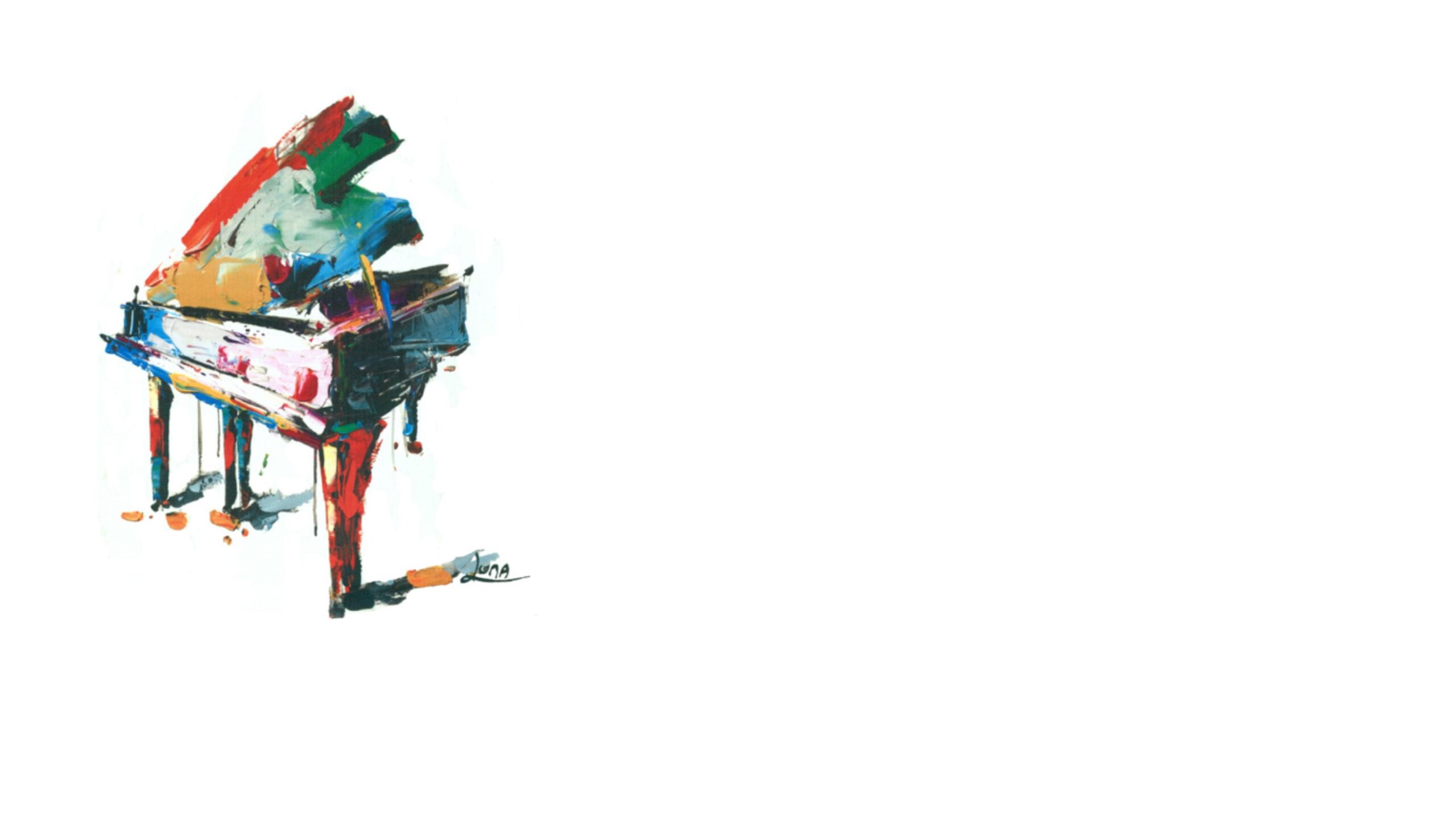The True Circle of Fifths
The True Circle of Fifths
One of the first questions I ask a new student is: “What is the Circle of Fifths and why is it important?” Most students, no matter how long they’ve studied piano, do not answer correctly.
The most common misconception is that the Circle of Fifths describes the order of the major scales. For example, the C-major scale has zero sharps and zero flats. By going up a 5th to the G-major scale, 1 sharp is added to the key signature. By going up a 5th from the note G we get to the D-major scale which has 2 sharps etc. This is a cute “trick“ to remember the sharps in a particular scale, but has nothing whatsoever to do with the True Circle of Fifths!
The True “Circle of Fifths,” describes chord movement downward by a 5th. The harmonies/chords in 80-90% of all western civilization music move downward by a 5th.
Many jazz theory books teach the Circle of Fifths by placing the 12 note letters of an octave on a circle. I prefer to teach the Circle of Fifths as a list of 12 letters in a row, read from left to right. When displaying the Circle of Fifths as a row of letters, we can easily see that 8 of the 12 letters spell a word. The word is “BEAD.” In the example below we have what I call “Flat BEAD” and “Natural BEAD.” So if you can spell the word “BEAD” then you get 8 of the 12 letters that comprise the Circle of Fifths.
This is the way chords move in Circle of Fifths’ pattern.
C F Bb Eb Ab Db Gb B E A D G
(Flat BEAD) (Natural BEAD)
C F Bb Eb Ab Db Gb B E A D G
(Flat BEAD) (Natural BEAD)
From the list above, we can see that C chords tend to move to F chords which tend to move to Bb chords etc.
All songs use the Circle of Fifths’ chord pattern. They may start on any of the 12 letter names–depending on the key the song is in–but they always move from left to right, down by a 5th as the song progresses. For example, the song titled “Arthur’s Theme” starts on Cm7 then moves to F7 then on to Bbmaj7 etc. The song “All The Things You Are” typically starts on Fm7 then moves to Bbm7 and then on to Eb7 etc. (Notice, the circle of 5ths does not indicate the type of the chord i.e. major, minor, dominant or diminished, but it does tell us the root of each chord).
Some great songs that use lots of circle movement include: Fly Me To The Moon, Where Is Love, Try To Remember, All The Things You Are, Arthur’s Theme and hundreds more. Memorize the Circle of Fifths and you’ll memorize songs in minutes, not weeks.
